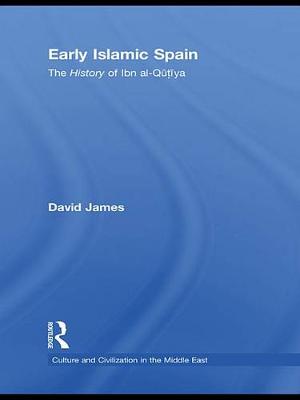Culture and Civilization in the Middle East
3 total works
This book is the first published English-language translation of the significant History of Islamic Spain by Ibn al-Qutiya (d. Cordova 367 / 977). Including extensive notes and comments, a genealogical table and relevant maps, the text is preceded by a study of the author and his work, and is the only serious examination of the unique manuscript since Pascual de Gayangos’ edition in 1868.
Ibn al-Qutiya’s work is one of the significant and earliest histories of Muslim Spain and an important source for scholars. Although like most Muslims of al-Andalus in this period, Ibn al-Qutiya was of European origin, he was a loyal servant of the Iberian Umayyads, and taught Arabic, traditions (hadith) and history in the Great Mosque of Cordova. Written at the height of the Umayyad Caliphate of Muslim Spain and Portugal (al-Andalus), the History describes the first 250 years of Muslim rule in the peninsula. The text, first fully translated into Spanish in 1926, deals with all aspects of life, and includes accounts of Christians, Jews and Muslim converts.
This book will be of great interest to scholars and students of the history of Spain and Portugal, Islamic history, and Mediaeval European history.
The Akhbar majmu'a, or 'Collected Accounts', deal with the Muslim conquest of the Iberian peninsula in 711 and subsequent events in al-Andalus, down to and including the reign of 'Abd al-Rahman III (912-961), founder of the Umayyad caliphate of al-Andalus . No Arabic text dealing with the early history of al-Andalus has aroused more controversy, and its contents and origin have occupied the attention of leading scholars of Islamic Spain since its publication in 1867.
This book gives the first complete English translation of this key contemporary text, together with notes, comments, appendices and maps. It is introduced by a survey of scholarly opinion on the text from the nineteenth to the twenty-first century in which all the - often heated - arguments around the text are explained. The translator concludes his introduction with an in-depth examination of the manuscript containing the only surviving copy of the text and presents some interesting new evidence provided by scribe which has gone unnoticed until now. Providing new insights into this significant Arabic text, this book will be of great interest to scholars of the history of Spain and Portugal, Islamic history, and Mediaeval European history.

